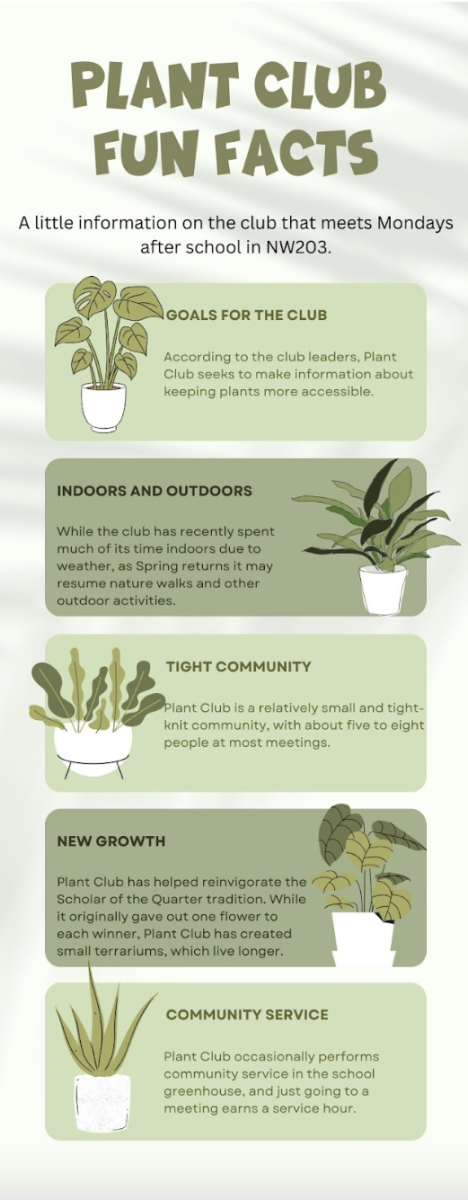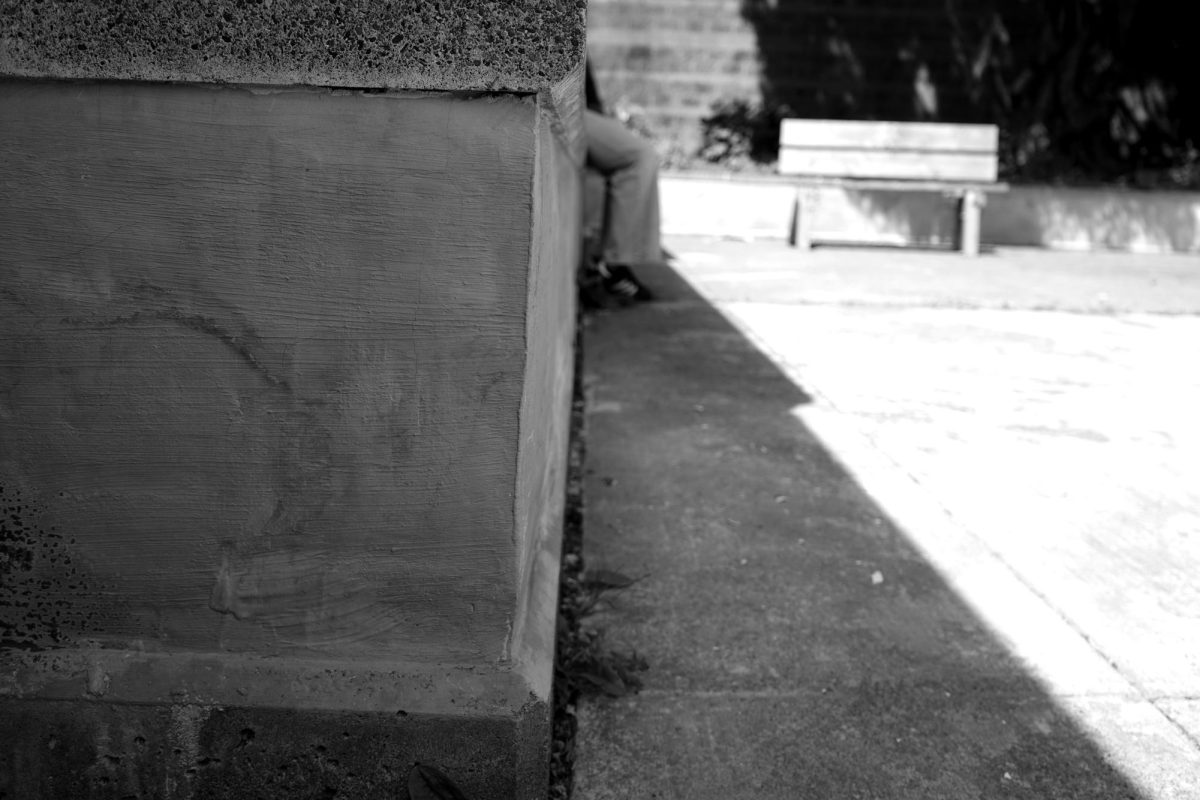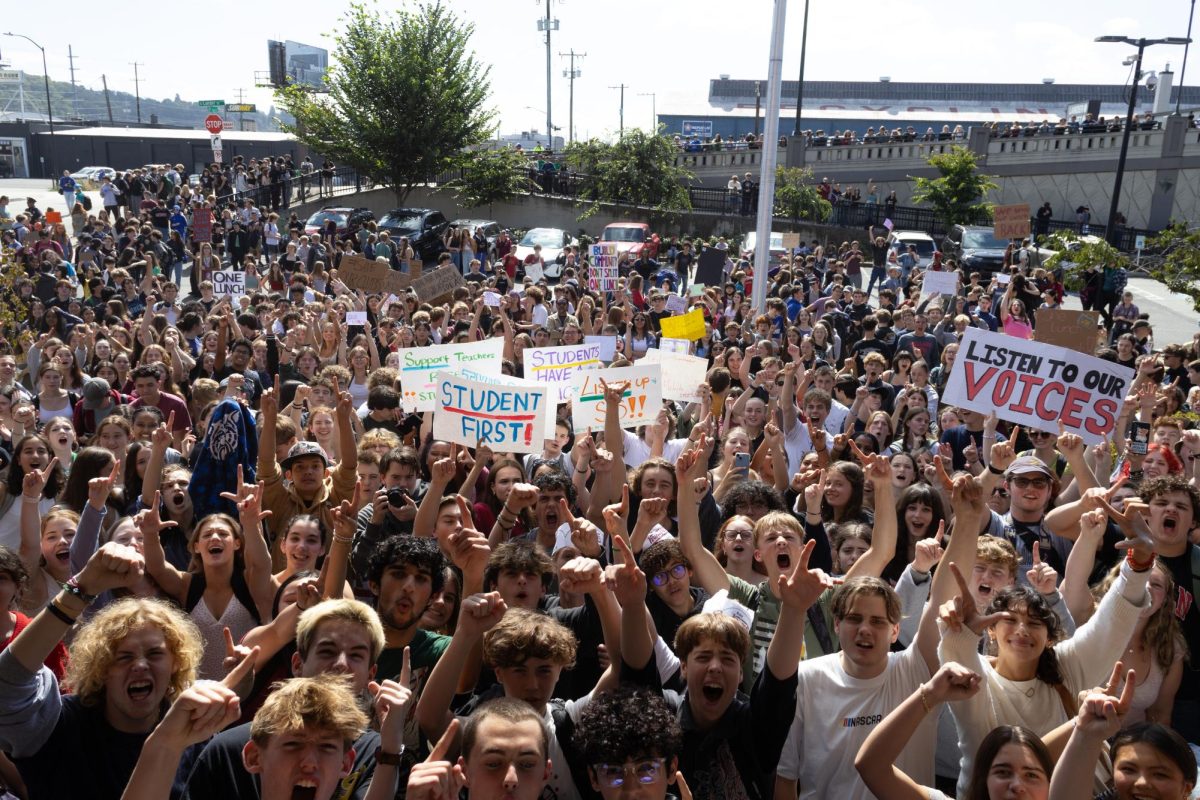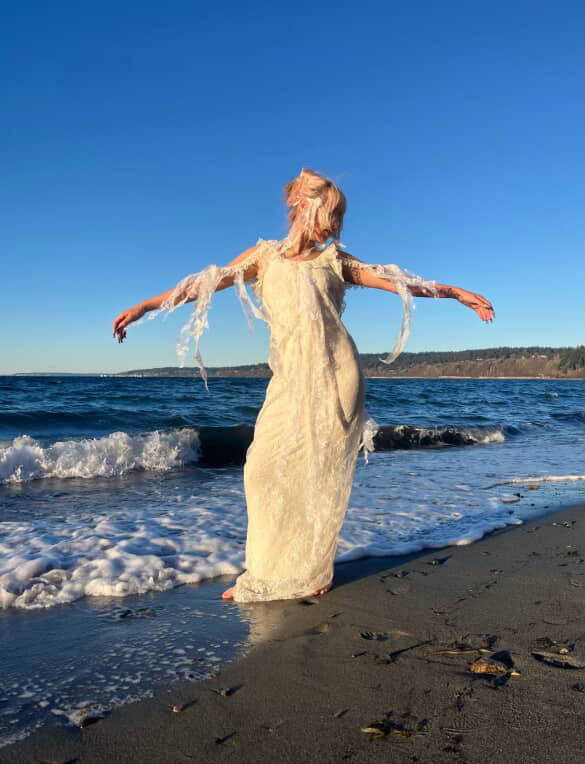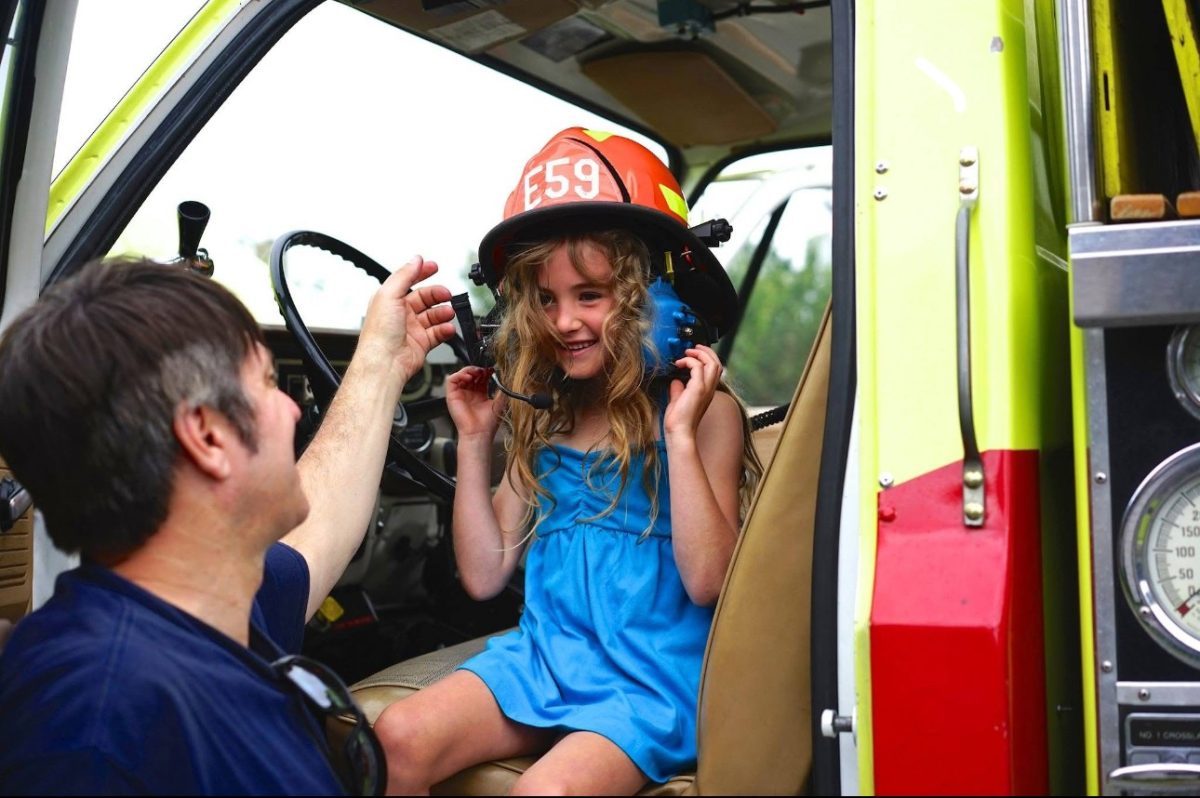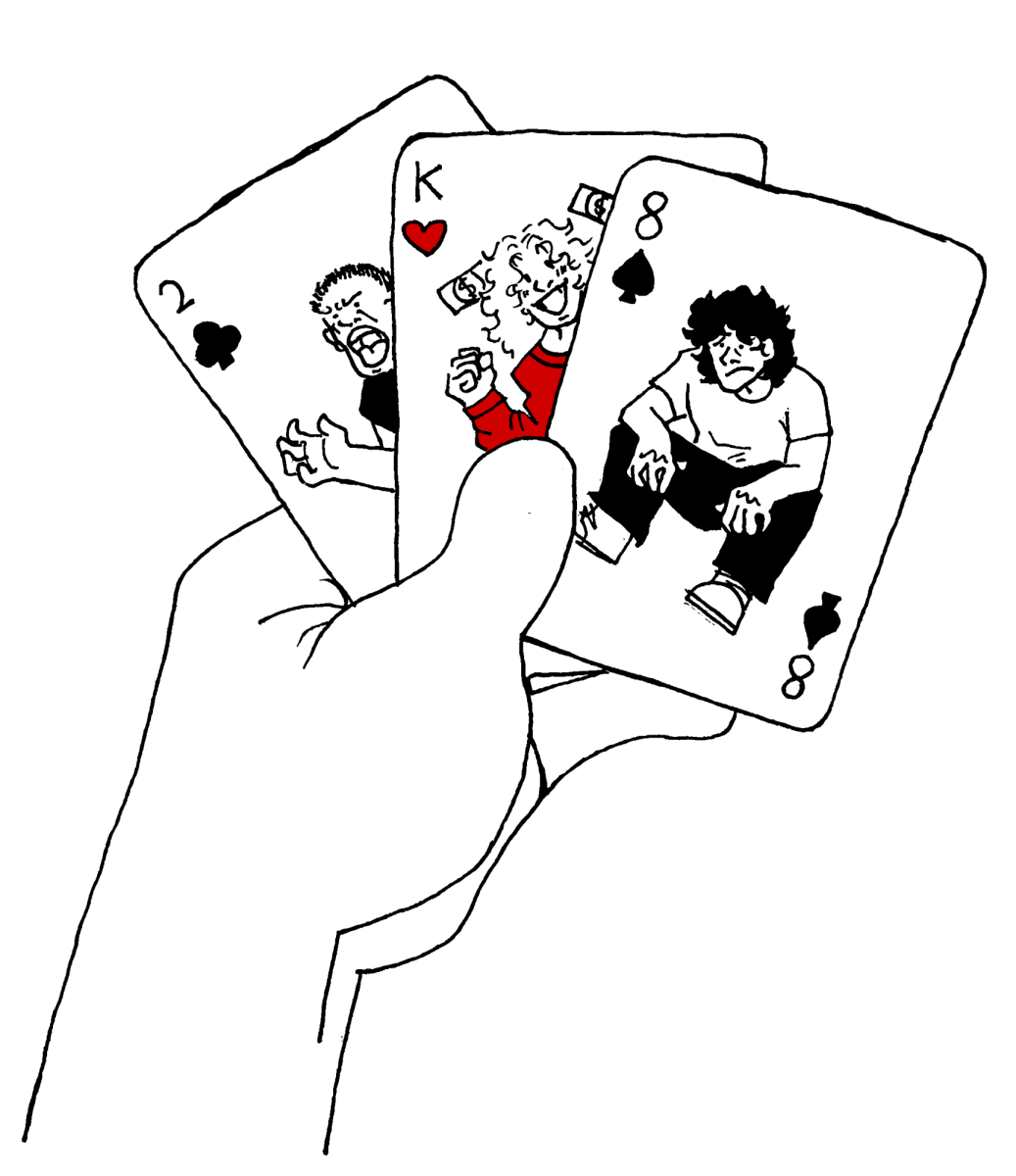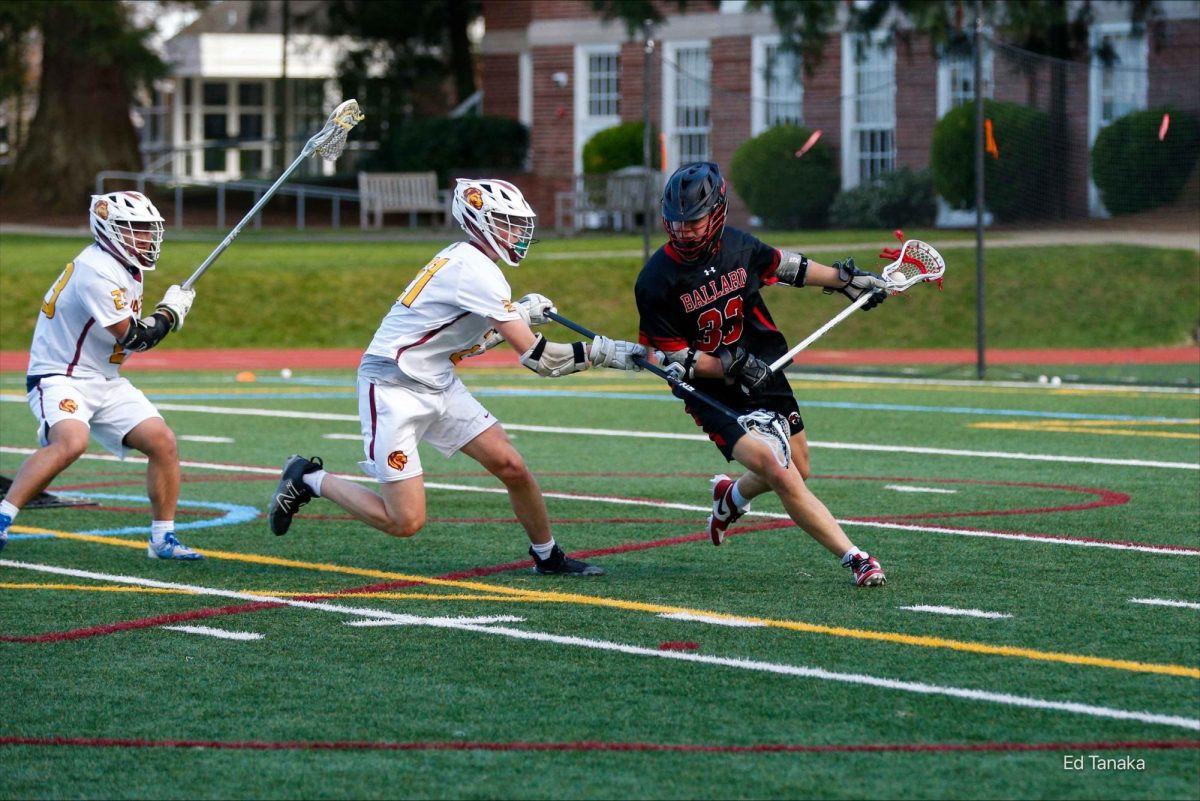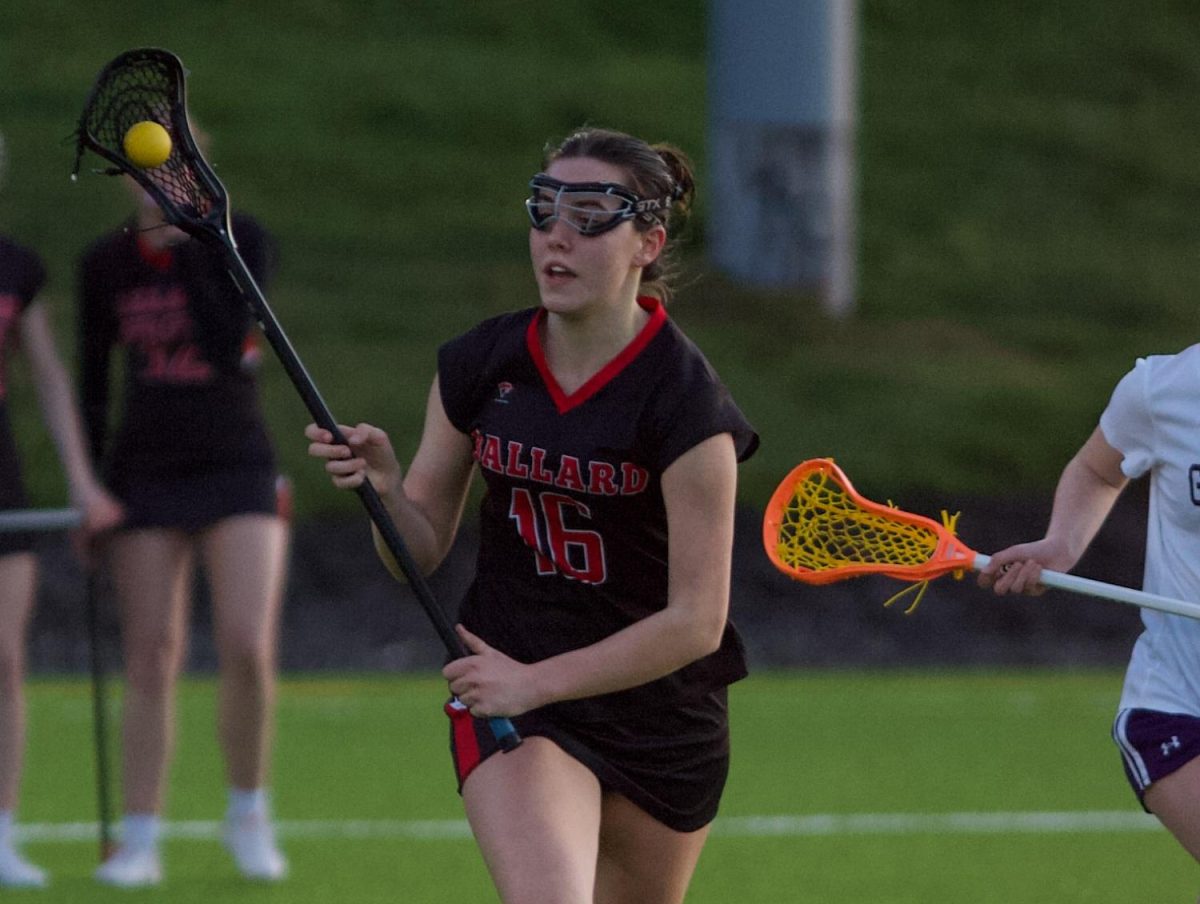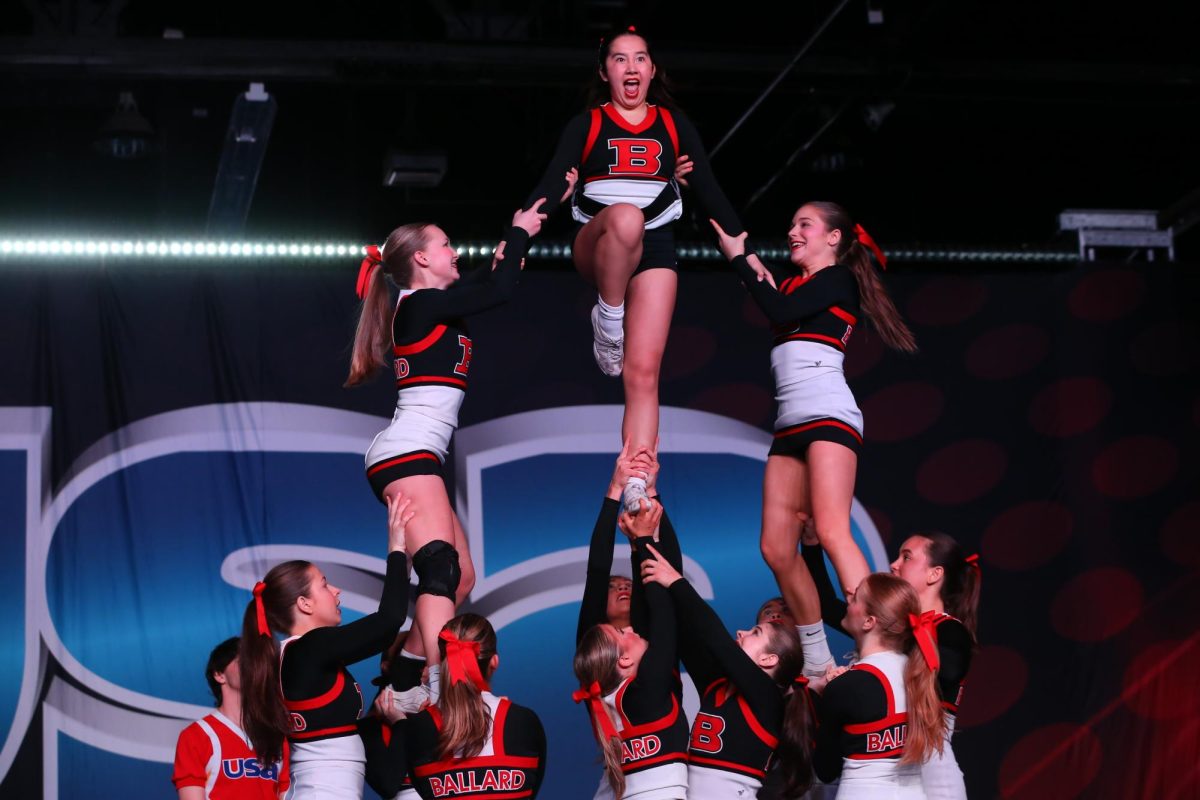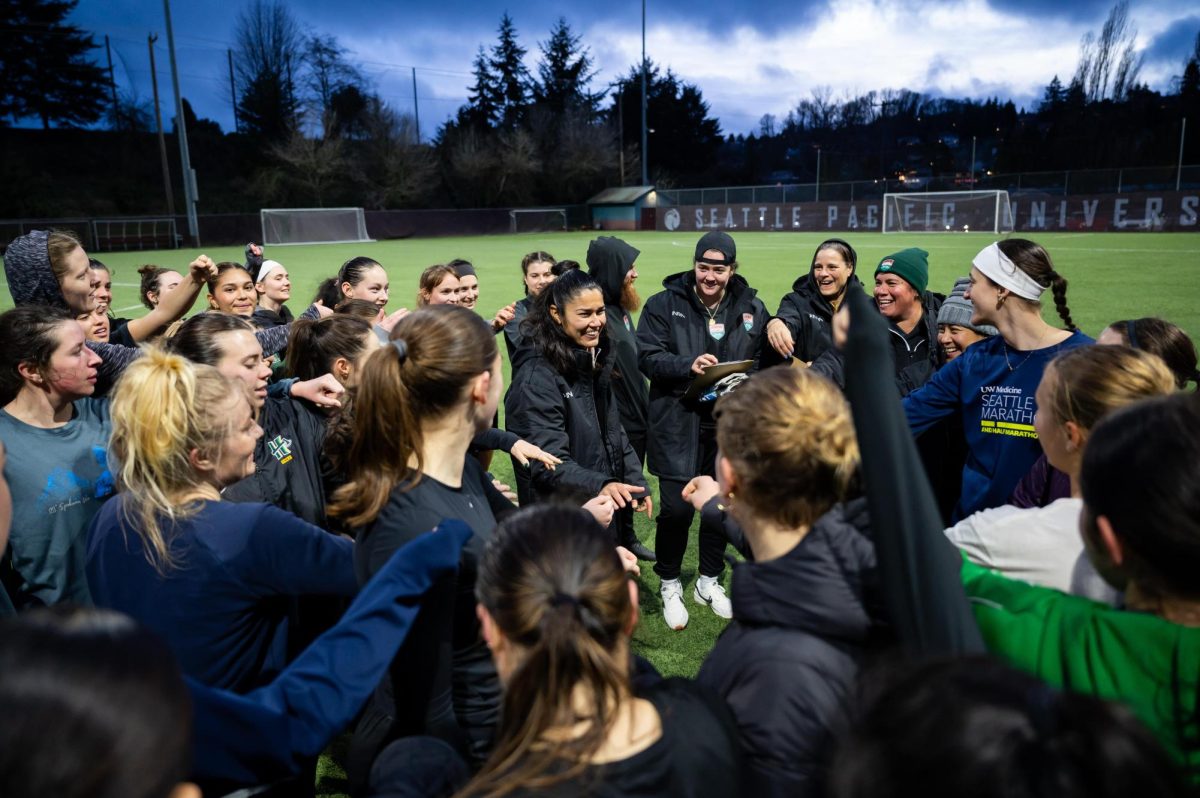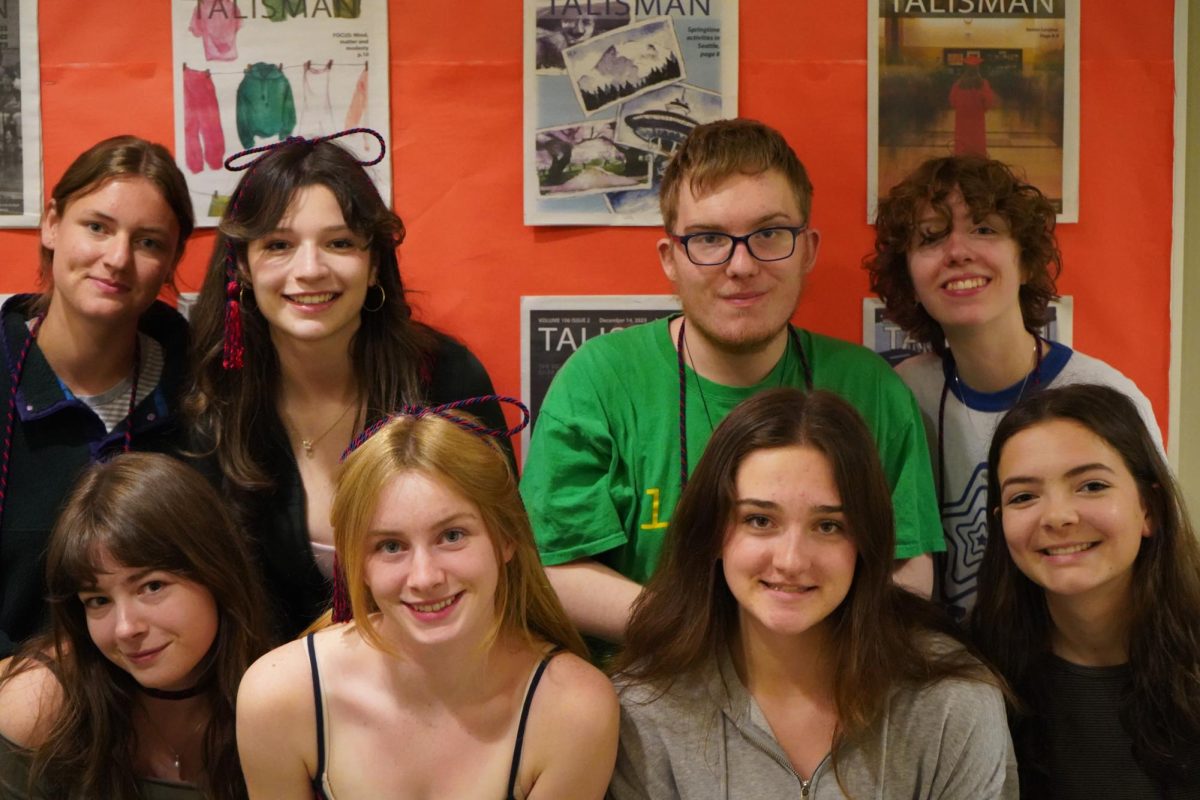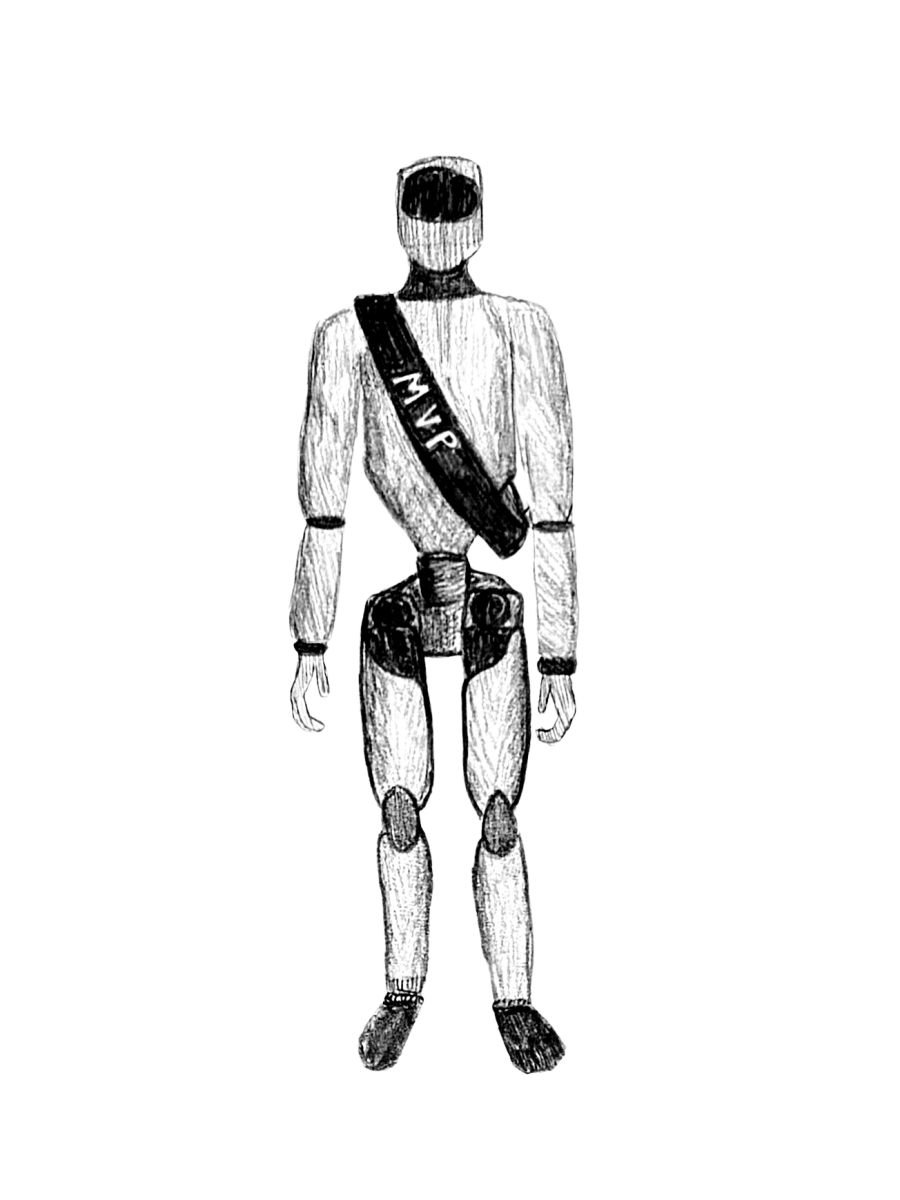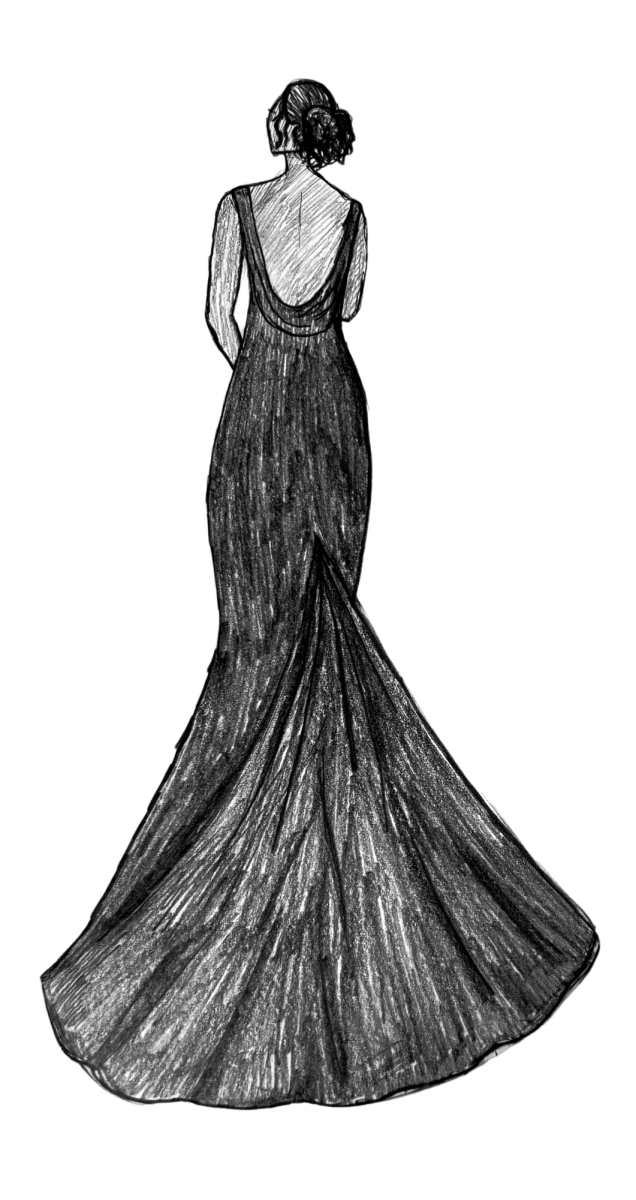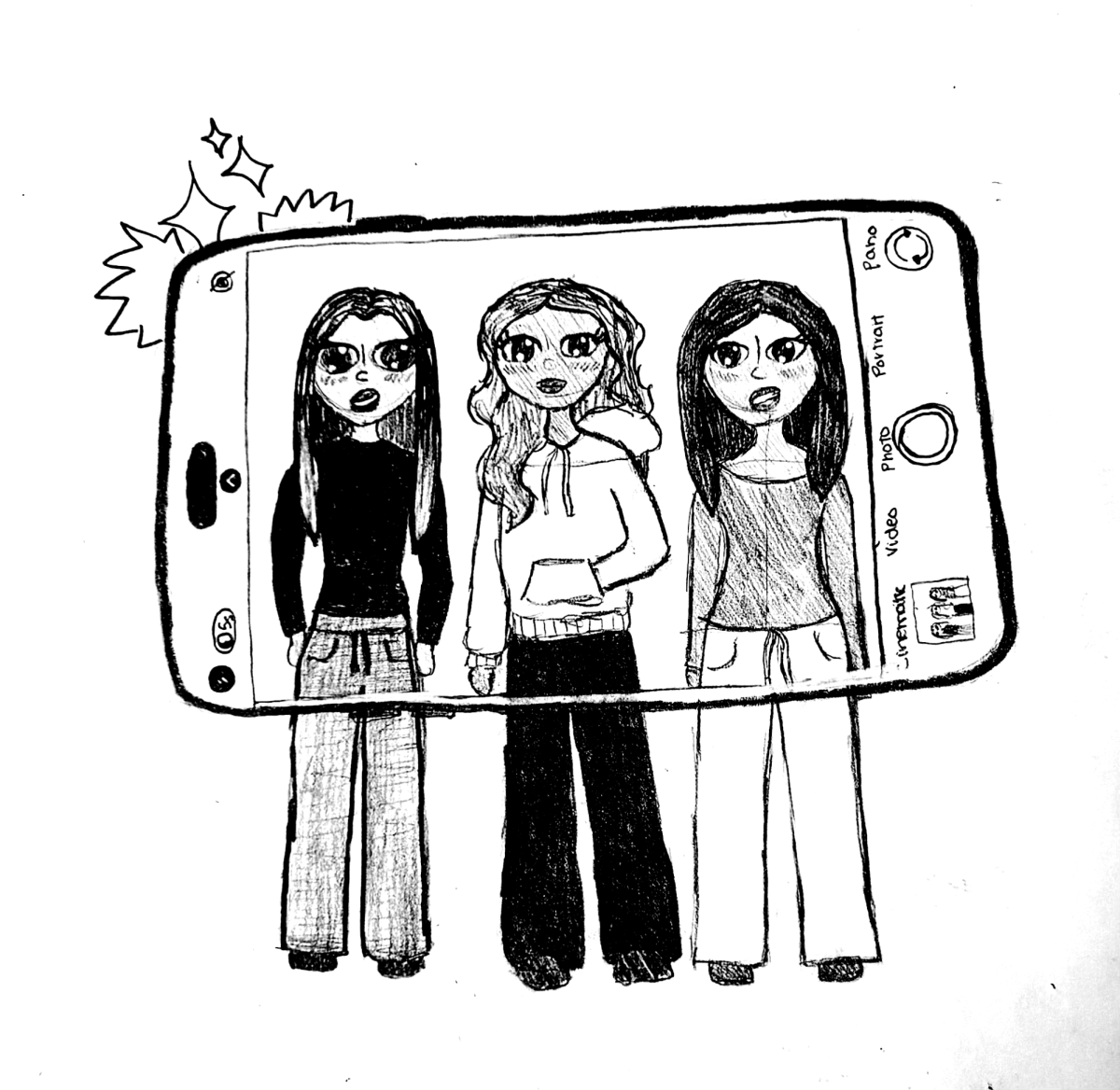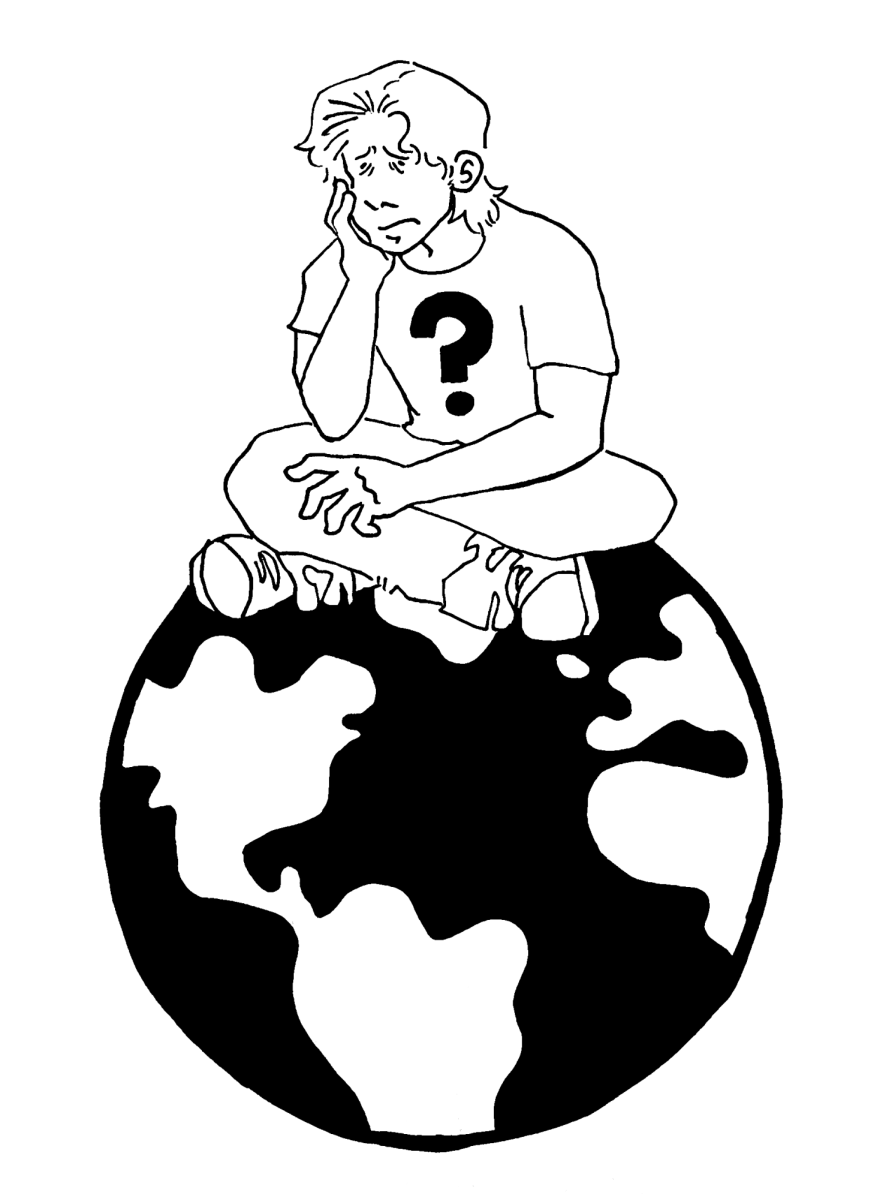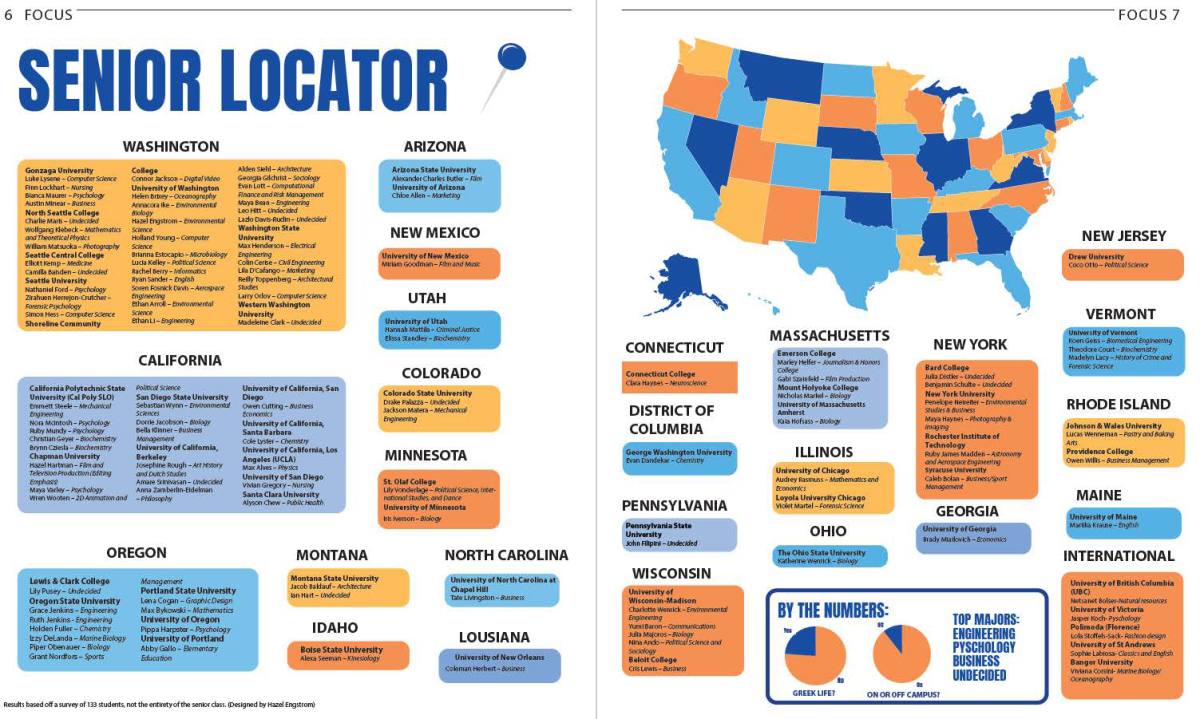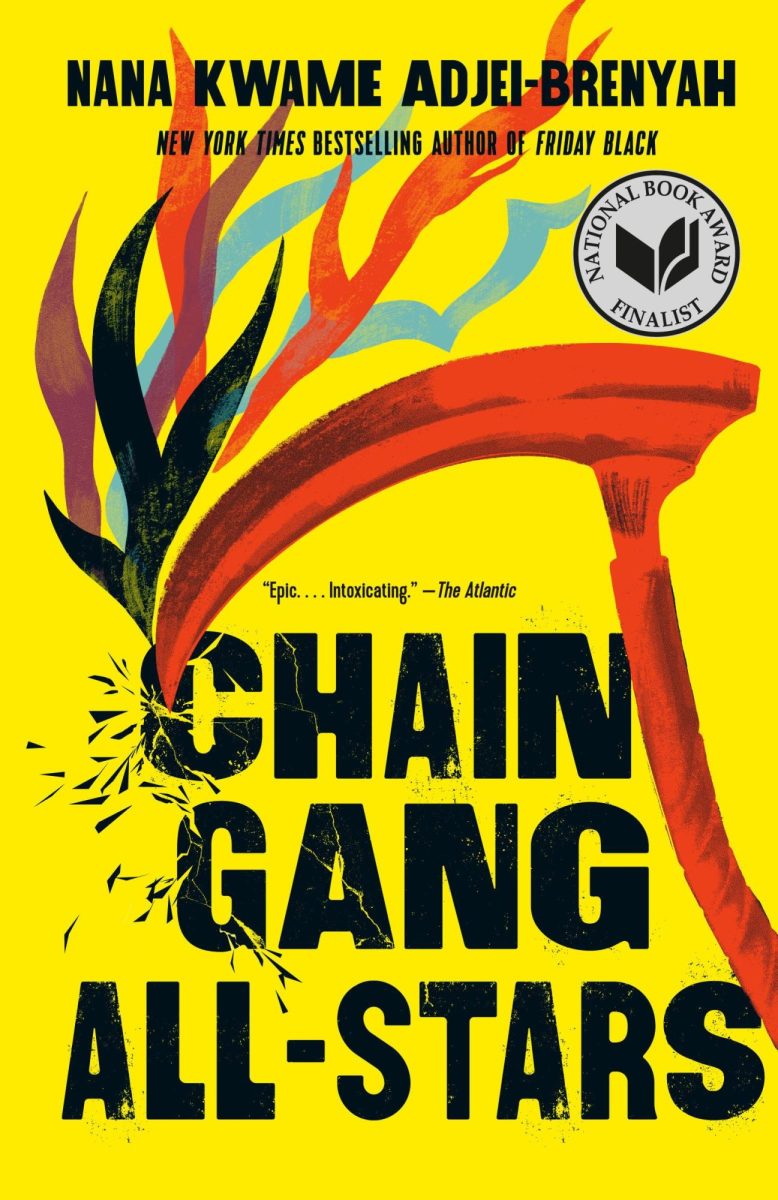In 2024, the concept of dressing to flatter body types, applying makeup for a certain contrast level and wearing colors for a certain seasonal color scheme took social media by storm.
The idea that after getting a color analysis, someone may discover that 50% of their closet is “unflattering” occupied the minds of the young on TikTok and Instagram.
It would go like this: a girl wakes up, groggily unlocking her phone to scroll on TikTok. She scrolls a little mindlessly until a minute-long video piques her interest. A popular influencer is getting a color analysis on a luxurious trip and guess what! They implore the viewers to do the same because they had no idea that cool winter colors didn’t suit her.
And that’s why girl-who-scrolls has now thrown out every light pink item she had owned away.
Fleeting trends like seasonal color analysis encourage the fast fashion epidemic by conjuring up worries like “what if I’m not wearing the right shade of blue?”
According to the Carbon Literacy Project, the second largest industrial polluter is the fashion industry which is responsible for 10% of global CO2 emissions.
While the trend of personalizing beauty strayed from the “copy and paste” one-size-fits-all style that dictates social media, the concept of styling oneself for a specific color scheme, facial contrast and visual weight felt more like the illusion of uniqueness. Sure, there are charts with various guides to contouring the face floating around social media, but oddly enough, all of those strategies still aim to obtain the same face.
There are three different makeup styles for three different contrast levels and up to nine ways to contour depending on an individual’s face shape as if there aren’t billions of unique faces that populate the world.
When influencers talk about how to apply makeup to round, rosy cheeks, the goal is never to compliment or emphasize the features an individual possesses. The expectation is almost always to create the illusion of the sharp, high cheekbones seen repeatedly on social media.
The demand put onto young girls to have minuscule noses, flawless skin, slim waists but have some meat on our bones where it does matter, inclines people to purchase because of the urge to fix the imaginary defects in one’s appearance.
It seems as if every month there is a fresh new insecurity to fret over, and coincidentally, a new product in the market that guarantees miracles. Insecurity is the handiest tool that brands employ to make profits, primarily off of impressionable young girls.
Brands will convince social media users that their product is exactly what women need to embody doe-eyed “deer pretty,” or lift cheekbones and eyes enough to attain the label of “TikTok pretty.”
It is impossible to achieve perfection because there simply is no such thing. By now, it feels like not believing everything on the internet would be a no-brainer, but the truth is that everybody falls victim to the illusion that is beauty standards.
The idea that everybody can reach their “full potential” if they just followed one exact diet and eradicated made-up flaws like a negative canthal tilt or the bump of a nose instills the harmful assertion that everyone should adopt a certain look. Social media’s outlook upon beauty standards normalized the attempted erasure of any trait that strayed from an Instagram generated appearance.
It is almost uncanny to see the same makeup look and similar features being boosted by the algorithm scroll after scroll. These women are beautiful, but not all beautiful women look like that.
Beauty and fashion is never one-size-fits-all because individuals have unique medleys of features. A singular makeup style will never smoothly translate to multiple varying faces; similarly, clothing and colors will not have the same effect on two vastly different people.
Makeup is less about knowing how to do a certain look from a video tutorial than it is being familiar with one’s own features in relation to cosmetics. It comes down to more than four seasonal palettes, warm tones versus cool tones and what animal certain features resemble the most.
The concept of beauty standards on its own is somewhat irrational—beauty is subjective. Human eyes aren’t built to witness oneself save for brief reflections in rippling waters, and yet, there is such emphasis on physical presentation within everyday life.
The trend of obtaining maximized beauty validates the idealistic and patriarchal expectations of women to be a man’s idea of a pretty face and body, disregarding creativity and individuality. When are we going to stop convincing young women that they will never be enough?
Any blush placement that doesn’t lift the face or an adventurous silhouette of clothing is labeled as wrong because straying from mainstream beauty has become a preposterous concept. Individuality has been diluted by social media’s effect on beauty standards to the point where conformation is expected and constantly encouraged.
There is a constant fear in the minds of many, especially youth, of ostracism, especially in regard to appearance and interests.
The process of “finding yourself” is something that will gradually become infeasible to future generations who are pressured to conform to “Instagram face”. But hey, at least there is still the choice between deer pretty and bunny pretty.


